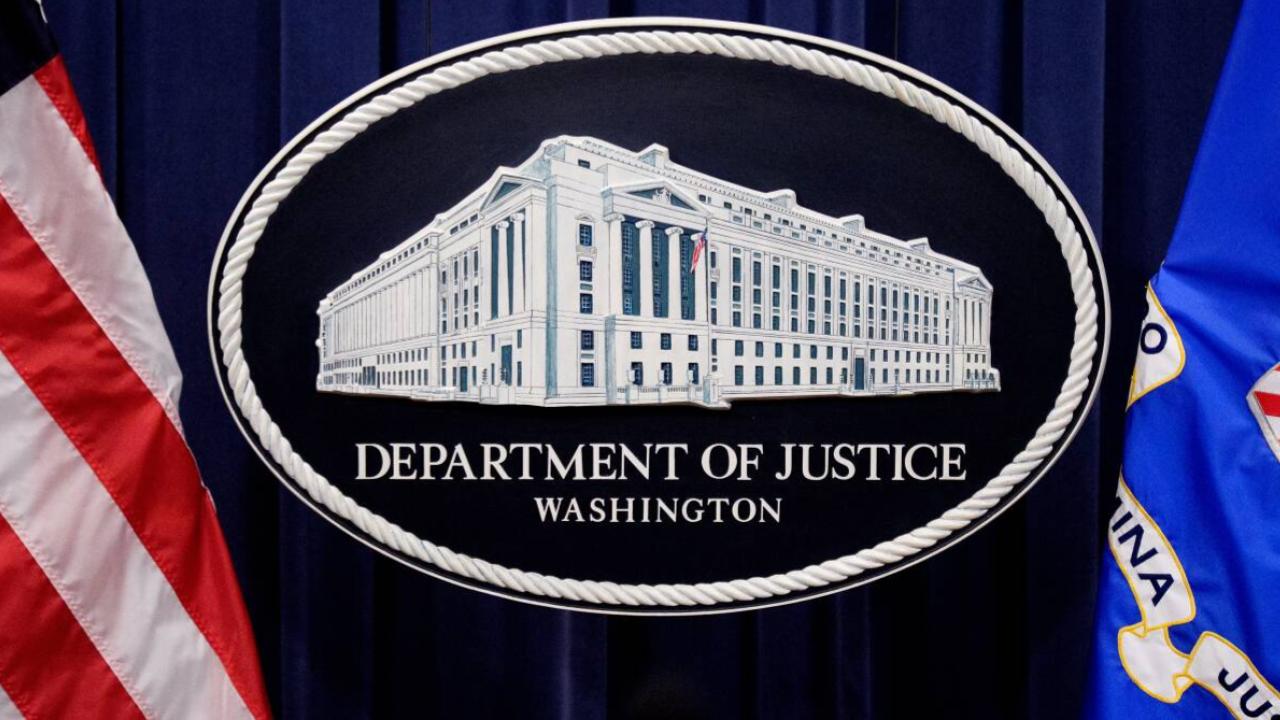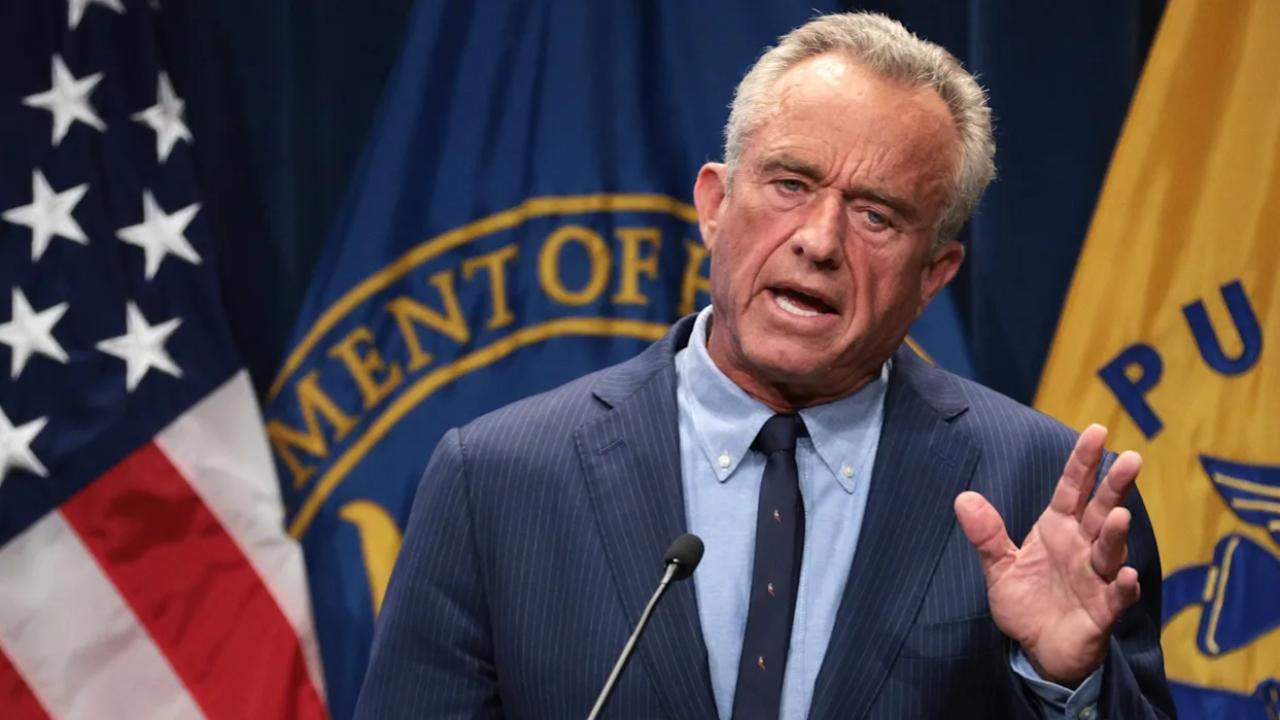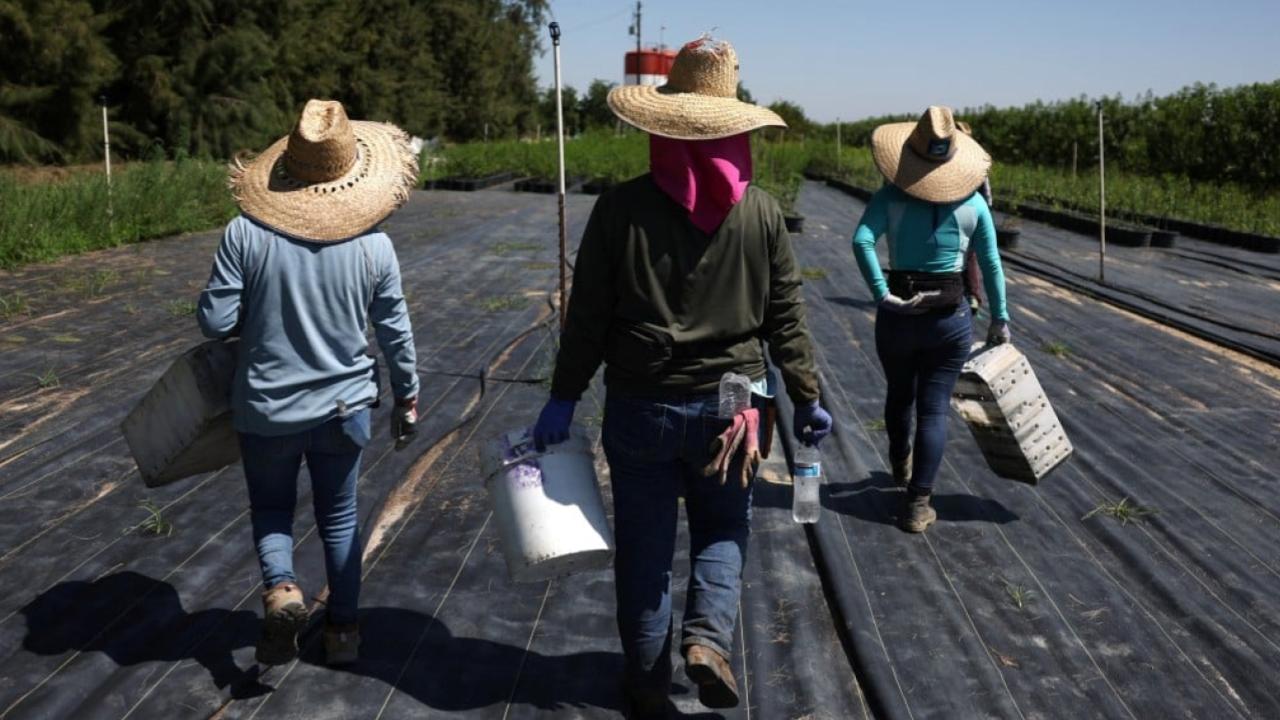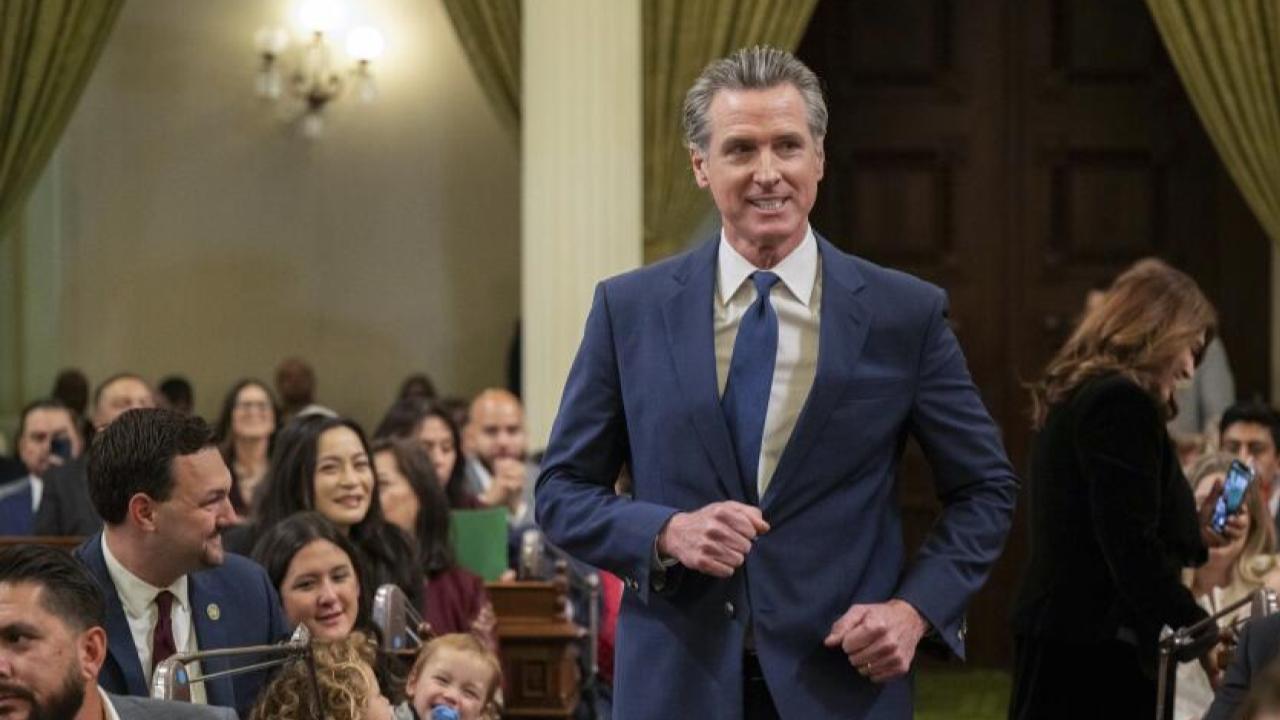You might think that the U.S. jobs report for May 2025, showing 139,000 jobs added, is a cause for celebration. But dig a little deeper, and the picture isn’t quite so rosy. From a shrinking labor force to hidden employment gaps, here’s what the numbers are really telling us.
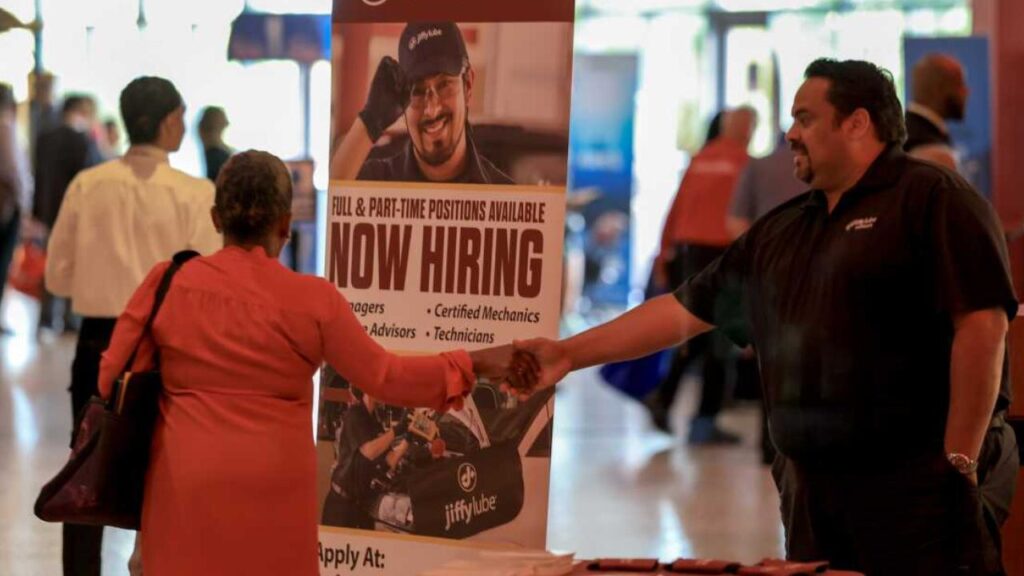
The U.S. Just Added 139,000 Jobs in May
| Takeaway | Stat |
|---|---|
| Job growth underwhelms | 139,000 jobs added |
| Unemployment rate steady | 4.2% |
| Labor force declined | −625,000 workers |
A Headline Number That Doesn’t Tell the Whole Story
At face value, adding 139,000 jobs in a single month seems like a healthy sign for the economy. But when you compare that to the average job growth of around 168,000 per month in 2024, it starts to look more like a slowdown.
Even more telling are the downward revisions to March and April numbers, totaling a loss of 95,000 previously reported jobs. That alone signals we might be seeing more fragility in the economy than expected.
Job Gains: Where the Growth Actually Happened
Health Care and Leisure Surge Ahead
Health care was the big winner in May, with a robust 62,000 new positions. That outpaces its monthly average and reflects growing demand for services and aging demographics.
Leisure and hospitality followed close behind with 48,000 jobs added. After a few sluggish quarters, this rebound may signal a returning appetite for travel and entertainment.
Manufacturing and Government Lag Behind
On the other end of the spectrum, manufacturing showed tepid growth, a sign that global supply chain issues and tariff tensions are weighing on the sector.
Federal employment dropped by 22,000 jobs, marking a steady decline since the start of the year. While state and local governments added some positions, it wasn’t enough to offset the losses at the federal level.

The Hidden Weakness: Labor Force Participation
Here’s the part that made me sit up and really take notice: more than 625,000 people left the labor force in May. That pushed the participation rate down to 62.4%, and the employment-to-population ratio dropped to a three-year low of 59.7%.
Cory Stahle, an economist at Indeed, put it succinctly: “Even if the train is chugging forward, more and more people are getting left behind at the station.”
This trend raises a red flag. It suggests not just unemployment, but a broader disengagement from the job market—people who have stopped looking altogether.
Wages Still Rising, Adding Fuel to Inflation
Average hourly earnings rose by 0.4% in May, putting year-over-year wage growth at 3.9%. That’s good news for workers, but not necessarily for inflation-watchers.
The Federal Reserve is likely keeping a close eye on this. Persistently high wage growth can push up prices, making it harder for the Fed to consider cutting interest rates.
What Does This Mean for the Fed?
With the job market steady but softening, the Fed is unlikely to make any bold moves soon. Most analysts now expect rates to hold steady through at least September unless we see a sharper economic downturn.
The central bank is walking a tightrope. They need to curb inflation without tipping the economy into a recession—and right now, the May job report gives them reasons to be cautious.
A Quick Summary for Everyday Americans
If you’re in health care or hospitality, prospects are looking better. But folks in manufacturing, government, or business services might need to brace for headwinds.
And for consumers? Don’t expect interest rates to drop any time soon. That means higher costs for everything from mortgages to credit cards are likely to stick around.
FAQs
Why is the labor force shrinking?
Many workers are aging out, and some have stopped looking due to discouragement or caregiving responsibilities. Immigration slowdowns also play a role.
Will the Fed cut interest rates soon?
Unlikely. With inflation still above target and wages rising, the Fed is expected to hold rates steady at least through the summer.
What sectors are hiring the most?
Health care, leisure and hospitality, and local government saw the strongest gains in May.

